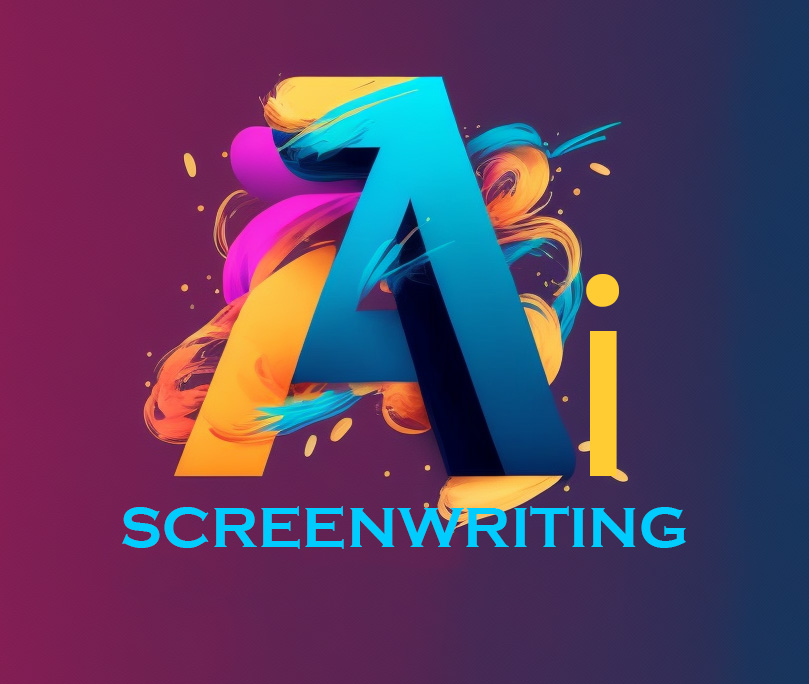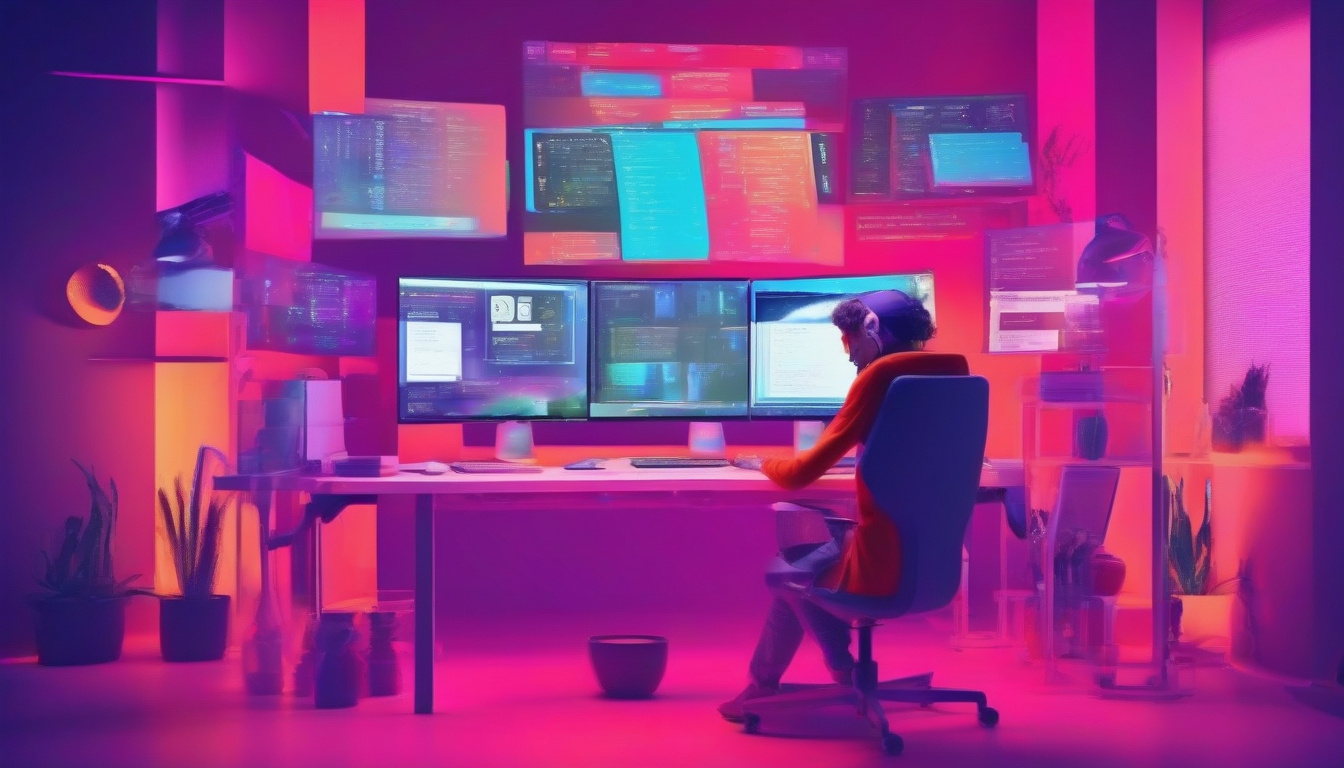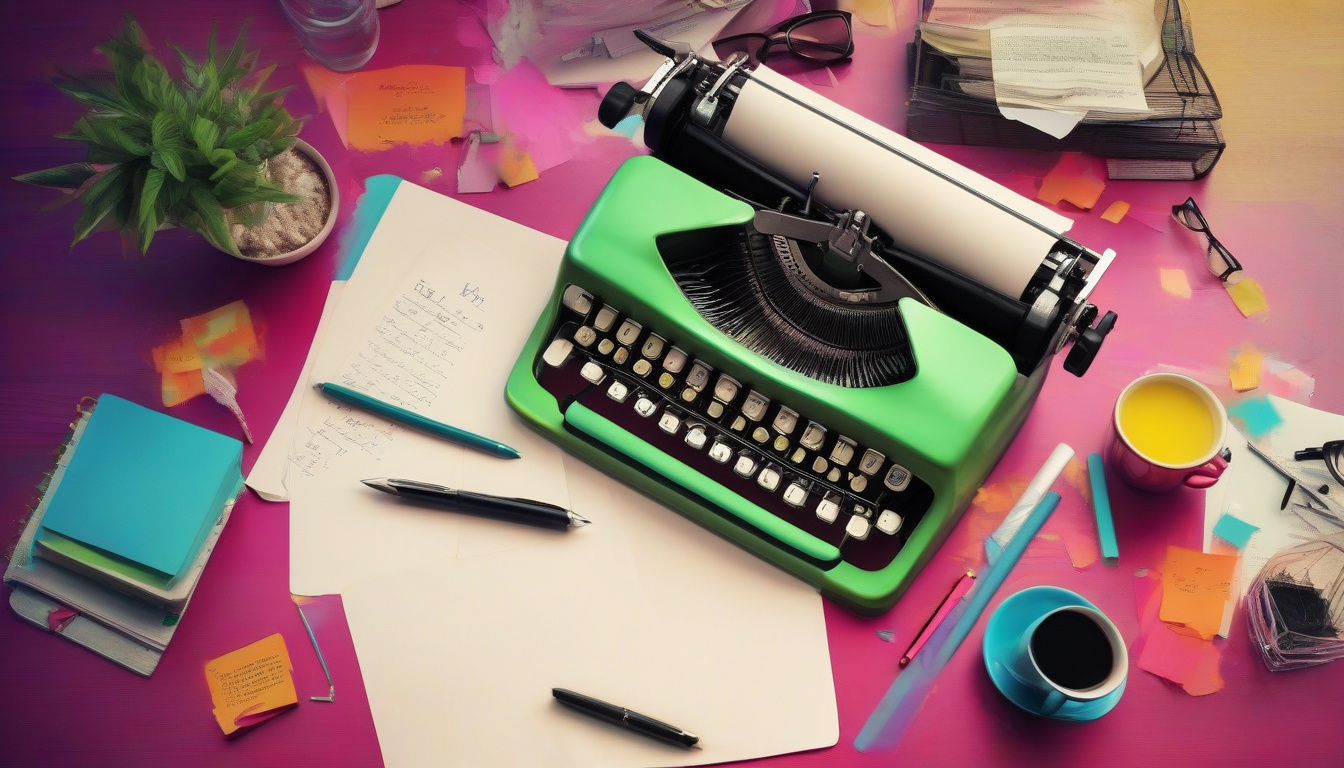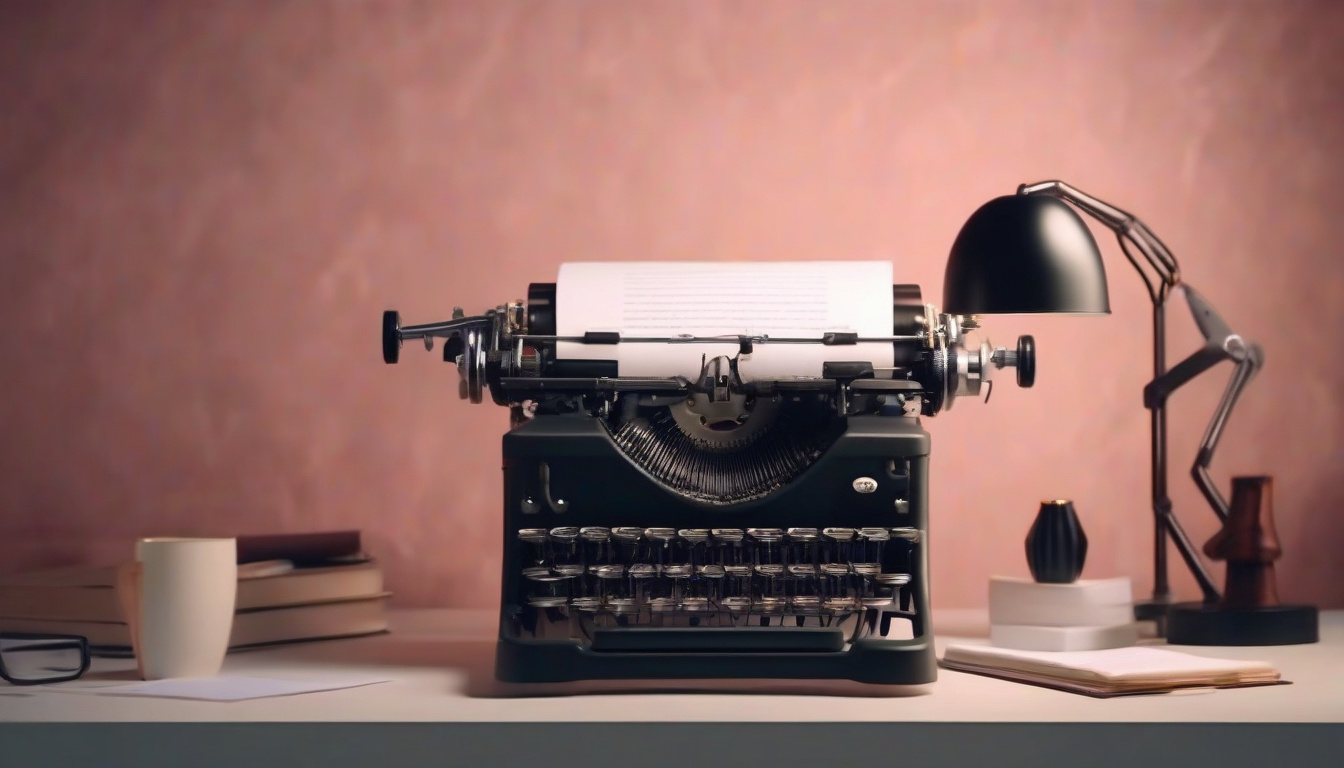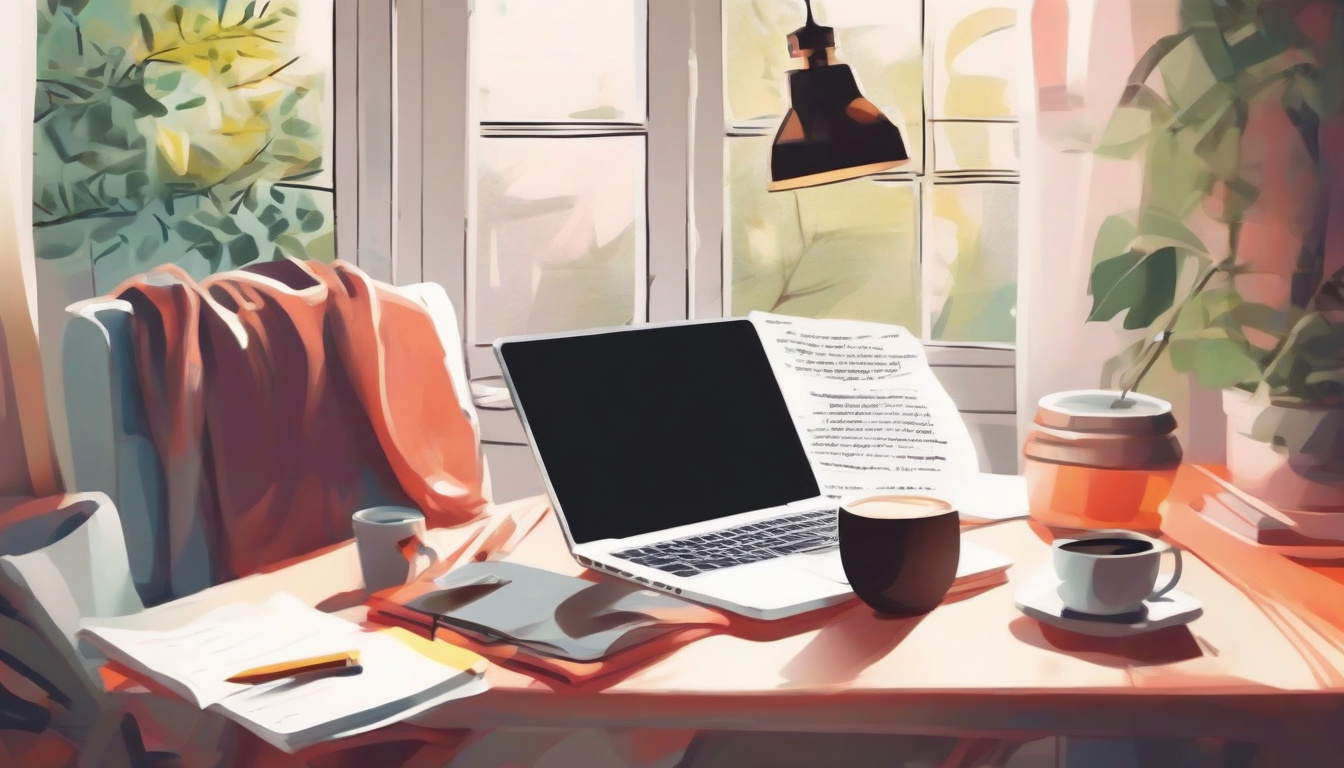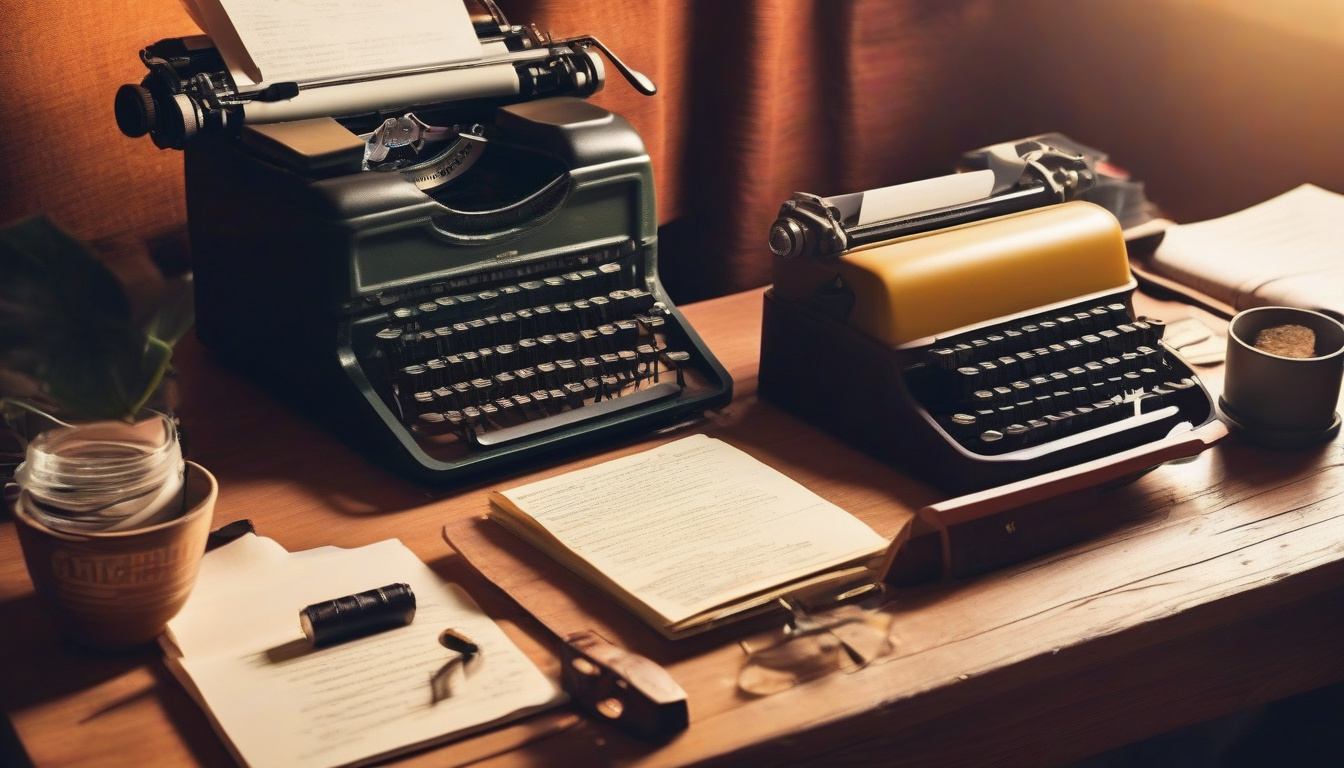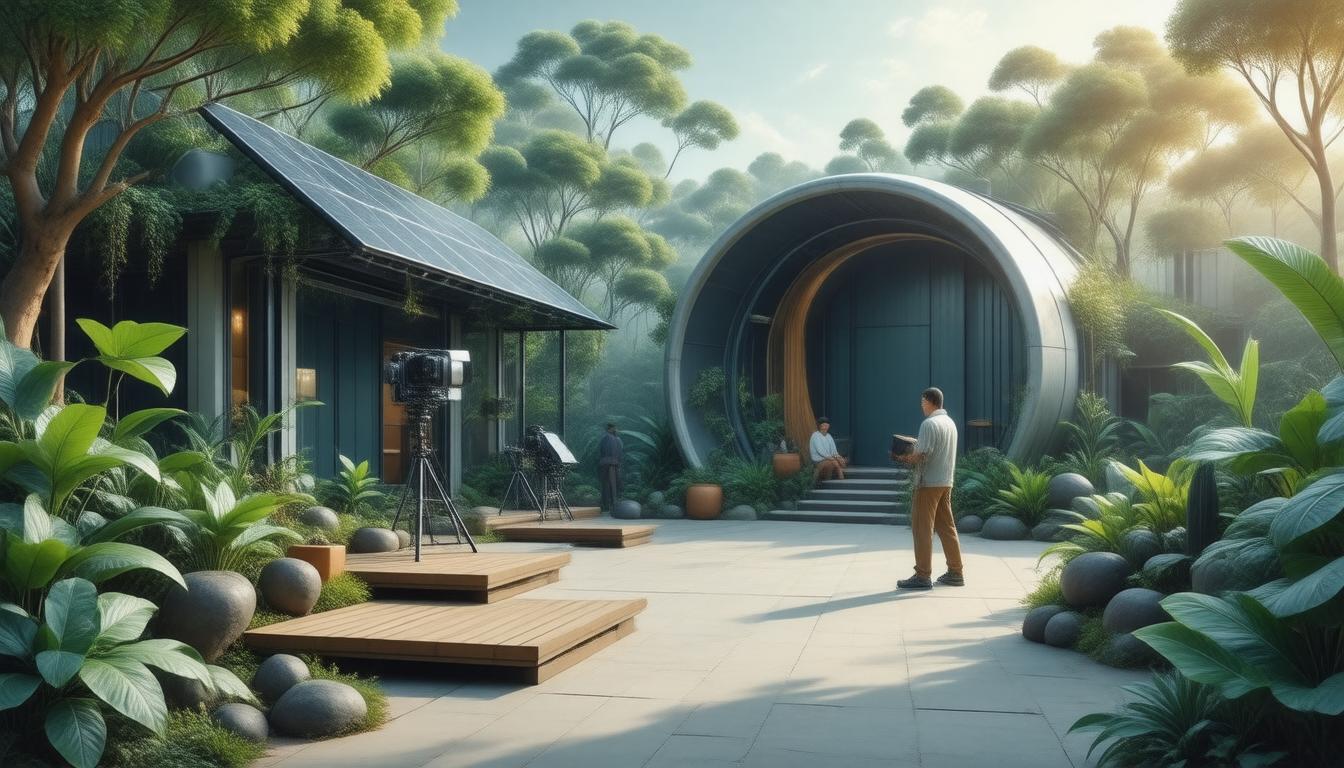
Lights, camera, eco-action!
Welcome to the wonderful world of sustainable filmmaking, where the only things greener than the sets are the filmmakers’ intentions.
In a universe where blockbuster budgets frequently rival the GDP of small countries, it’s high time filmmakers waved goodbye to traditional, environmentally taxing practices and embraced the future—sustainable filmmaking AI.
Picture this: an intelligent sidekick that not only handles the nerdy math of production efficiency but also sprinkles a bit of magic dust on our beloved Earth.
In this article, we’re diving deep into how AI is revolutionizing eco-friendly productions, transforming waste into wonders, and making it easier than ever for filmmakers to feel good about what they create.
So grab your reusable coffee cup, and let’s roll the credits on wasteful practices!
The BEST AI Screenwriting Tool On The Market!
Key Takeaways
- Sustainable filmmaking focuses on reducing environmental impact throughout the production process.
- AI technologies enhance eco-friendly practices by optimizing resource management and reducing waste.
- Examples of AI applications in filmmaking include automated editing, energy-efficient scheduling, and predictive analytics for environmental impact.
- Integrating AI in filmmaking offers substantial benefits, such as cost savings, improved efficiency, and lower carbon footprints.
- Despite its potential, the use of AI in filmmaking faces challenges including high initial costs and the need for technical expertise.
Introduction to Sustainable Filmmaking
Lights, camera, eco-action!
Welcome to the world of sustainable filmmaking AI—where your film doesn’t just tell a story, it saves the planet while doing it!
Picture this: you’re on set wielding your trusty script, juggling coffee cups and location permits, when suddenly you realize that your production is leaving more carbon footprints than a T-Rex in a marshmallow factory.
Enter sustainable filmmaking AI, the superhero we didn’t know we needed!
This technological wonder revolutionizes how we approach the art of filmmaking, ensuring that your cinematic masterpiece doesn’t come at the expense of Mother Earth.
From optimizing energy use on set to automating the paper trail, this innovative approach provides screenwriters and filmmakers with the tools to craft compelling narratives without a side of guilt.
So, tighten those film reels and buckle up, because sustainable filmmaking AI is here to turn your eco-concerns into green-gold productions!
The Role of AI in Eco-Friendly Productions
Picture this: the sun is shining, a gentle breeze rustles the leaves of the mighty oaks, and on the bustling film set, a crew of eco-warriors armed with sustainable filmmaking AI is working their magic.
Let’s face it, folks; Mother Nature deserves her moment in the spotlight too!
Sustainable filmmaking AI is like the superhero sidekick every filmmaker didn’t know they needed.
With the help of sophisticated algorithms and data-driven insights, filmmakers can optimize their processes, reduce waste, and not just tell stories, but also weave a narrative of environmental responsibility.
Imagine AI analyzing your script and recommending locations that minimize carbon footprints or suggesting eco-friendly materials for set design faster than you can say ‘green screen!’ Not to mention post-production, where AI can streamline editing, ensuring every scene is not just visually appealing but kind on the planet too.
So, gear up, screenwriters and filmmakers, because integrating sustainable filmmaking AI into your projects could not only save the day for our dear planet but also add a compelling narrative twist to your cinematic masterpieces!
‘We do not inherit the earth from our ancestors, we borrow it from our children.’ – Native American Proverb
Examples of AI Technologies Used in Filmmaking
Ah, welcome to the wondrous world of filmmaking, where dreams and visions collide with reality!
But hold onto your film reels, folks, because we’re diving headfirst into the realm of sustainable filmmaking AI.
Yes, you heard that right!
Imagine your screenplay coming to life while saving the planet—talk about a blockbuster deal!
Picture this: advanced AI technologies are being employed to streamline the filmmaking process, reducing waste and maximizing efficiency.
For instance, tools like ScriptBook analyze scripts to predict box-office success before a single frame is shot—ensuring you’re not just creating art but also making environmentally conscious choices.
Then there’s EditingAI, which uses machine learning to edit hours of footage into digestible clips, slashing the need for unnecessary resources.
And let’s not forget about virtual production, where platforms like Unreal Engine create stunning CGI environments, furiously whittling down the need for elaborate physical sets.
So, if you’re a screenwriter dreaming of an Oscar-worthy film while being a knight in shining armor for Mother Earth, keep your eyes peeled for the sustainable filmmaking AI trends because the future is looking green, my friends!
The BEST AI Screenwriting Tool On The Market!
The Benefits of Integrating AI for Sustainability
Picture this: you’re a screenwriter, hunched over your laptop, working through script revisions while Netflix pauses uncomfortably at the thought of how many trees were sacrificed for your fantastic grand finale scene.
But fear not, sustainable filmmaking AI is here to save the day (and the environment)!
Integrating AI into your filmmaking process isn’t just a shiny new toy to show off at parties; it’s a powerful ally in your quest for sustainability.
Imagine having an intelligent virtual assistant that helps you optimize your production schedule for reduced energy consumption or even suggests eco-friendly locations that are practically shouting, ‘Don’t film me!’ while reducing your carbon footprint.
With AI tools helping you assess your resource use in real-time, you can make smarter choices that resonate with eco-conscious audiences.
And let’s be honest, who wouldn’t want to be the hero of a story that not only entertains but also saves the planet?
So whether you’re crafting a love story under the stars or an action-packed thriller in a bustling city, remember: with sustainable filmmaking AI, you’re not just making movies—you’re making a difference (and getting some serious good karma points along the way).
Challenges and Limitations of AI in Filmmaking
So, here we are, dancing with robots in the wild, wacky world of filmmaking.
But hold your horses—or should I say, hold your AI?
While sustainable filmmaking AI is all the rage, promising to streamline our processes and minimize waste (where can I sign up for that?), it’s not all sunshine and rainbows in the land of the silver screen.
For starters, these digital masterminds can be as temperamental as a diva starlet after a bad hair day!
Not only can AI struggle to grasp the subtleties of human emotion (I mean, have you ever tried getting a computer to cry on cue?), but it also faces realities like data biases.
Come on, we don’t want our films to be ‘seen’ through a skewed lens!
Plus, let’s not forget that no amount of sustainable filmmaking AI can replicate the quirky creativity that springs forth from our very own caffeinated brains.
So while these smart tools can assist us in creating a greener film industry, they stand on the precipice of failure, teetering between helpful and havoc.
Remember, a good director knows when to listen to the tech but never forgets the heart behind the art!
